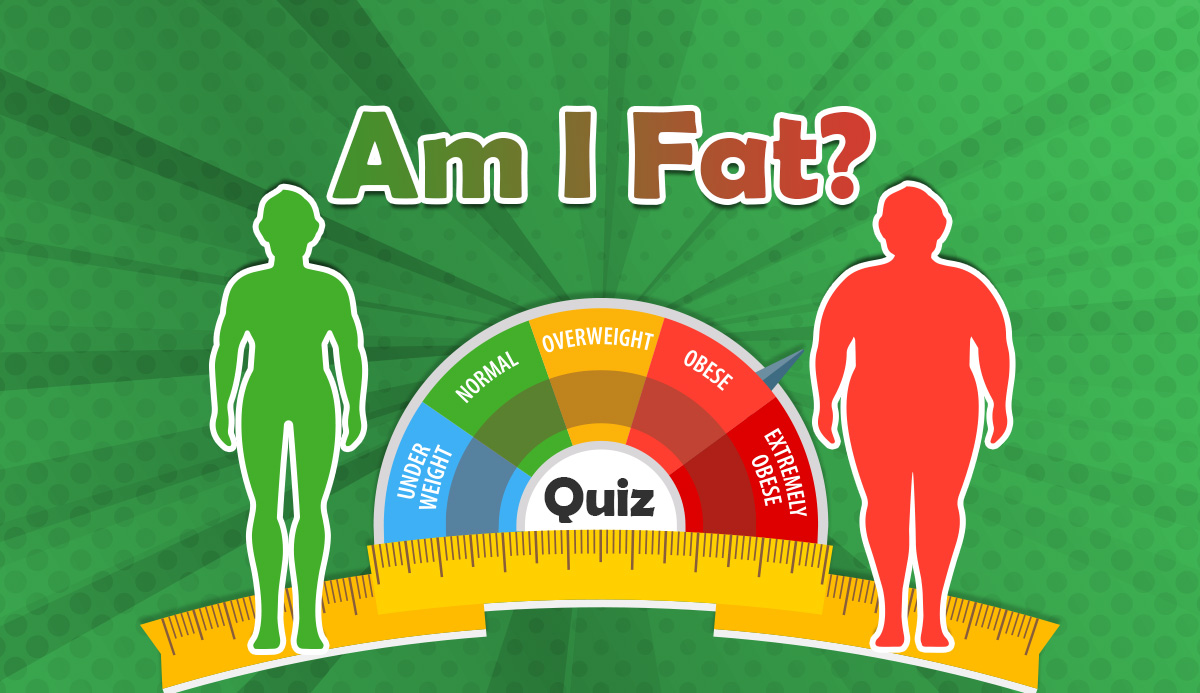Who do we call fat and who do we call obese?
Body Mass Index (BMI) is a scale calculated by considering height and body weight. With this scale, a person's weight is classified as underweight, normal, overweight, or obese.

This scale cannot be applied to children, the very elderly, bodybuilders, marathon runners, and pregnant women. The scale is the first measurement to determine whether a person is overweight or obese. In this respect, other tests and measurements should be made for a definitive result.
How to Calculate Body Mass Index?
The ratio of your weight to the square of your height gives your body mass index. In the calculation, weight should be in Kilograms and height should be in meters.
For example, if your weight is 80 Kg and your height is 181 cm, your body mass index (BMI)
BMI = 80/(1.81)2 = 24.42.
Evaluation of Body Mass Index
If the result according to the index is less than 18.5, the person is classified as underweight, between 18.5 and 24.9 as normal, between 25 and 29.9 as overweight, and above 30 as obese. As I mentioned earlier, other tests and measurements must be done to diagnose a person as overweight or obese. Diagnosing a person as overweight or obese based only on their body mass index can be inaccurate. Because body mass index does not distinguish bone and muscle from fat. For example, a person with a muscular or solid bone structure may have a high body mass index in the degree of obesity. Because in this scale, the amount of muscle and bone is also considered fat. For this reason, a person classified as obese according to body mass index may be normal as a result of other tests (muscle and bone density measurements). So being obese on this scale may not necessarily indicate that you are obese. Other tests should also be done for a definitive result.
